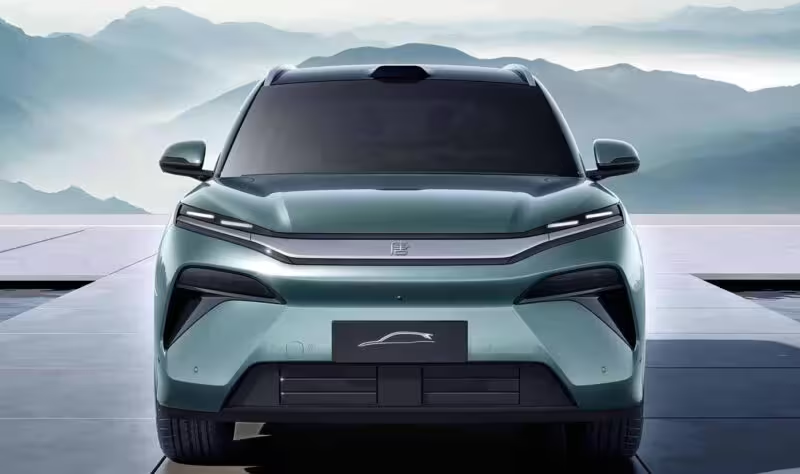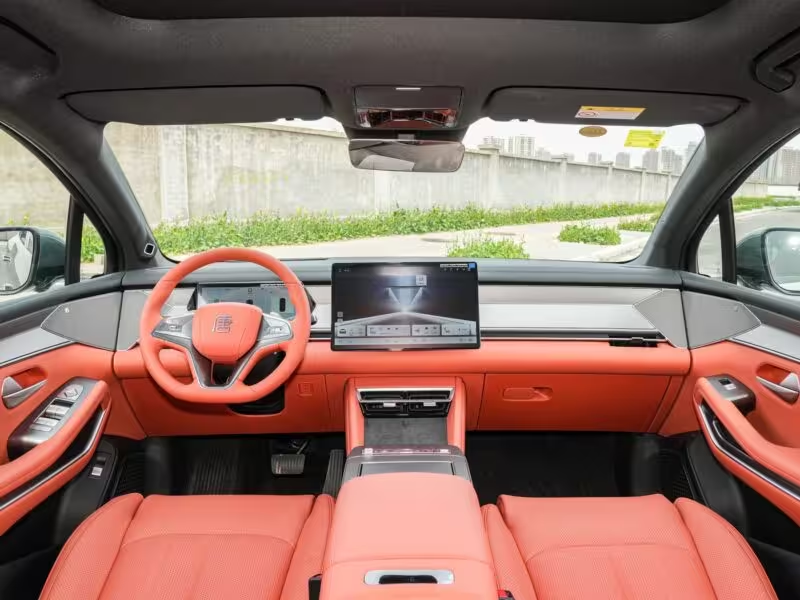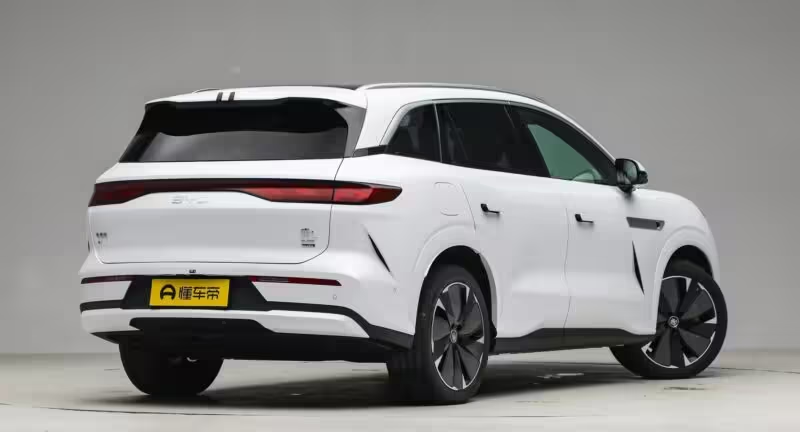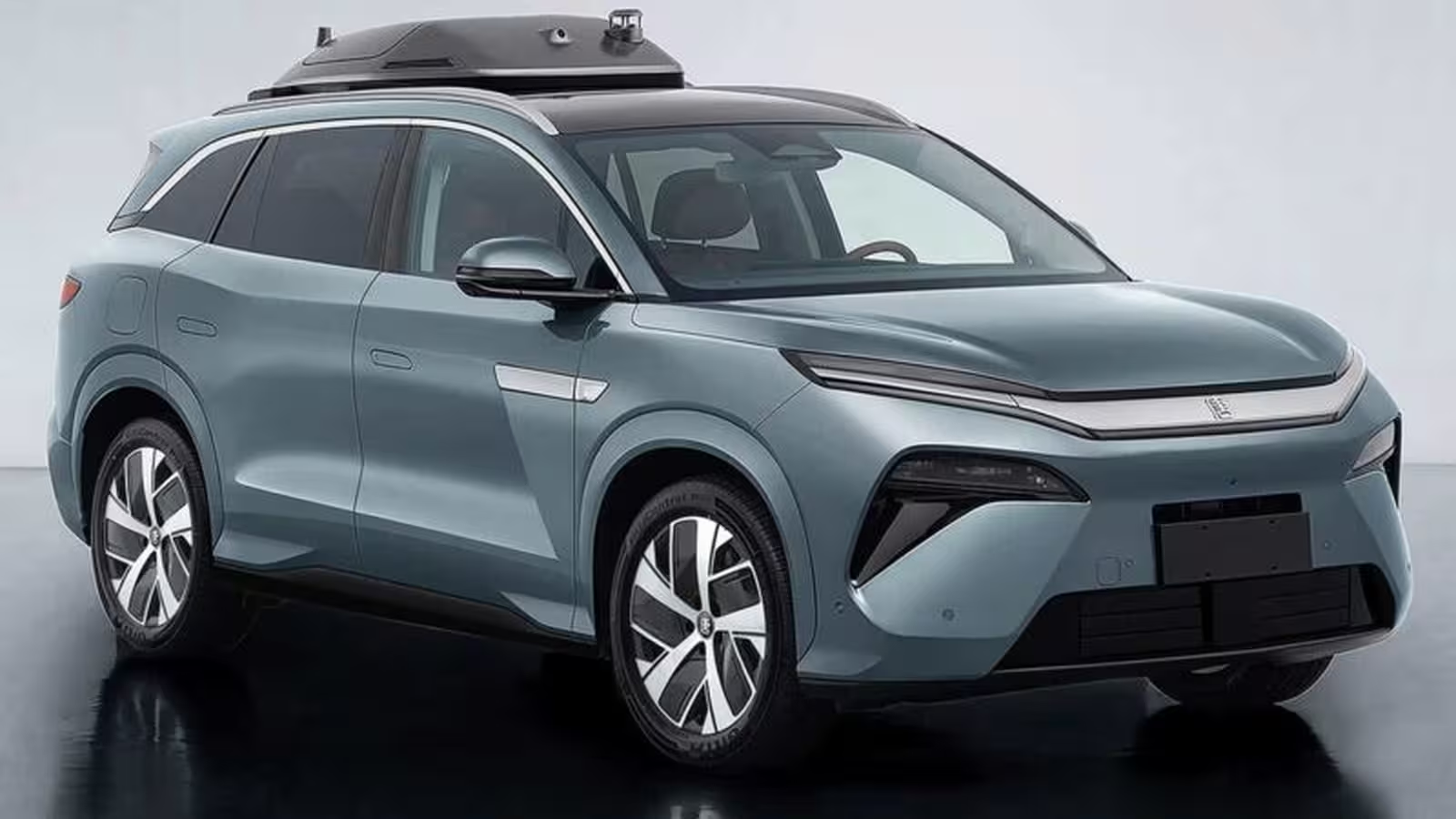6 Minutes
Xiaomi’s Groundbreaking Launch and Its Impact on the Chinese EV Market
The Chinese automotive world was abuzz recently as Xiaomi made a dramatic entrance into the electric SUV segment with the launch of the YU7. In just 18 hours, this highly anticipated SUV locked in an astonishing 240,000 non-refundable preorders—a number that instantly shook up competitors, from well-established brands like Tesla (with its Model Y) to homegrown Chinese electric vehicle manufacturers such as BYD.
While headlines centered on the disruption to Tesla’s dominance, the YU7’s debut sent an even bigger shockwave through the Chinese EV industry, affecting both innovative startups and legacy manufacturers who had previously held the spotlight. One of the most affected: BYD, the stalwart automotive giant from Shenzhen, which now finds itself in the shadow of Xiaomi’s marketing prowess and dedicated fanbase.
BYD Tang L: A Silent Contender in a Noisy Market
In April, BYD launched its flagship mid-to-large SUV, the Tang L—a cutting-edge electric SUV packed with features meant to outclass rivals. However, without Xiaomi’s blitz marketing or legions of loyal followers, Tang L entered the scene quietly, bypassing major media attention and record-breaking preorder numbers.
In fact, unless you’re a devoted car enthusiast or follow outlets like CarNewsChina, chances are you might only have heard about the Tang L thanks to its groundbreaking 370 km ultra-fast charging capability in just five minutes—a headline spec that deserves much more attention than it’s received.
\

Vehicle Specifications and Powertrain Comparison
The BYD Tang L delivers impressive specs at a highly competitive price. Starting at 239,800 yuan (roughly $33,400 USD), it undercuts the Xiaomi YU7’s entry price by around $1,900. The Tang L comes equipped with rear-wheel drive (RWD) and a powerful 500 kW electric motor capable of 30,511 RPM, propelling the SUV to a top speed of 240 km/h. Notably, it also sports a unique roof-mounted drone docking station—a technological novelty that triggers at the press of a button.
In comparison, the entry-level Xiaomi YU7 (priced at 253,500 yuan) also uses RWD, featuring a 235 kW single motor running up to 22,000 RPM but matching the Tang L’s top speed of 240 km/h.
Battery Technology and Charging Advantages
BYD’s Tang L is armed with a 100.5 kWh LFP blade battery, delivering a robust 670 km CLTC range. With BYD’s proprietary 1000V charging platform and an 8.4C charging multiplier, the Tang L supports dual-gun charging, letting drivers simultaneously connect two charging cables. This feature translates into an impressive 10% to 70% charge in just six minutes, and a full charge (0% to 100%) in just under 30 minutes. Most notably, it can recoup 370 km of range in five minutes—a technological feat rarely matched in the current EV landscape.
Xiaomi’s YU7 uses a 96.3 kWh LFP battery from CATL, optimized for range with an 835 km CLTC figure—one of the longest in its class. Using 800V charging architecture and a 5.2C battery, the YU7 can charge from 10% to 80% in 21 minutes, recovering up to 465 km of driving range in only 15 minutes. While the Tang L leads in fast charging, the YU7’s unmatched range appeals to drivers prioritizing distance over pit-stop speed.

Assisted Driving and Smart Technology
Tech-savvy drivers will appreciate the high-end ADAS (Advanced Driver Assistance System) options presented by both SUVs. The BYD Tang L is equipped with the DiPilot 300 (God’s Eye B), running on Nvidia Drive Orin X and delivering 254 TOPS (trillion operations per second). Xiaomi counters with its Assisted Driving Pro ADAS suite, powered by Nvidia Drive AGX Thor with a staggering 700 TOPS, on paper placing it ahead in computing power. However, early reviews describe Xiaomi’s system as “conservative” in its responses—effective, but less intuitive than some rivals, revealing an area for future updates and improvements.
Dimensions, Weight, and Real-World Efficiency
Physically, the BYD Tang L is longer and taller, measuring 5040/1996/1760 mm with a 2,950 mm wheelbase, and is significantly heavier at 2,675 kg. Xiaomi’s YU7 measures 4999/1996/1608 mm with an even longer 3,000 mm wheelbase, but is lighter at 2,315 kg.
Performance-wise, Xiaomi’s sporty tuning shows results: The YU7 achieves best-in-class energy consumption at just 13.3 kWh/100 km, significantly better than the Tang L’s 17.4 kWh/100 km. This efficiency advantage is no surprise, as BYD’s focus often leans towards sheer output and high-speed charging rather than energy economy.
Design, Features, and Driving Experience
The design language of both vehicles targets the sophisticated, tech-oriented SUV enthusiast. BYD impresses with bold lines and a futuristic aesthetic, while Xiaomi delivers a minimalist interior full of smart connectivity features—something that resonates strongly with its fanbase. Both models incorporate advanced infotainment systems, wireless connectivity, and luxurious finishes, but Xiaomi goes a step further by leveraging its smartphone ecosystem for seamless integration between mobile devices and vehicle controls.

Market Positioning and Brand Power
Despite its superior specs in several areas and a lower price tag, the BYD Tang L finds itself in the YU7’s shadow. The core difference is in brand power and fan loyalty. Xiaomi’s charismatic CEO, Lei Jun, has built an almost cult-like following that propels sales figures to new heights, and the YU7’s reception is a clear testament to that. BYD, while dominant and technically innovative, can’t yet match Xiaomi’s buzz or its ability to energize China’s younger tech-savvy car buyers.
This rivalry highlights a new era in the EV market: technical specifications alone may no longer guarantee commercial success. The ability to tell a compelling brand story, forge emotional connections, and rally a passionate community is crucial—areas where Xiaomi’s playbook is rewriting the rules.
Conclusion: Which SUV Leads the Future?
So, does the BYD Tang L deserve more recognition as a worthy competitor to the Xiaomi YU7? On performance, charging, and innovative features, BYD delivers a powerful case. However, Xiaomi leverages efficiency, technological integration, and massive brand appeal to win market share at an unprecedented pace.
The ongoing battle between two of China’s biggest automotive innovators will shape future trends in electric SUVs—not just in China, but worldwide. For now, the YU7 may outsell the Tang L, but there’s no denying that BYD’s overlooked powerhouse sets a high bar for what a modern electric SUV can achieve. As competition intensifies, both brands are sure to push the boundaries of design, performance, and smart mobility, and drivers globally will be the ultimate winners.
Source: carnewschina



Comments